Today, User Experience is almost universally associated with digital media and devices. Yet long before the internet or iPlayer, people were struggling with how to make products more usable by the people they’re intended for. Books, in particular, developed whole architectures and navigation tools – from prologues, introductions, chapters and appendixes to page numbers, footnotes and indexes – to aid their readers’ journeys through text and graphics.
So it seems only appropriate, that one of the best ways to enhance your User Experience expertise is to immerse yourself in a good book on the subject. To help guide your choices, here are Making Sense’s top-10 UX tomes:
Don’t make me think by Steve Krug

Steve Krug’s Don’t Make Me Think focuses on web usability. Its premise is that a good software program or website should let users accomplish their intended tasks as easily and directly as possible. A person tends to take the first available solution to their problem – Krug terms this ‘sactisficing’ – so good design should take advantage of this.
The Design of Everyday Things by Don Norman
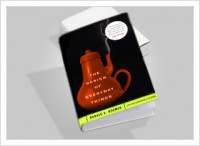
Don Norman’s classic work on the cognitive aspects of design contains examples of good and bad practice. And explains simple design rules for making diverse items – from cars and computers to doors and telephones – more usable. Although its focus is physical objects, The Design of Everyday Things stresses the importance of understanding the needs of users – a key concern for any UI professional.
Designing Interfaces: Patterns for Effective Interaction Design by Jenifer Tidwell
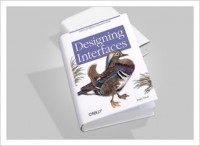
Designing Interfaces: Patterns for Effective Interaction Design looks at interface and interaction design, structured as a pattern language. It features real-live examples from desktop applications, web sites, web applications, mobile devices, and everything in between.
About Face by Alan Cooper
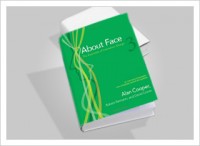
When About Face was first published in 1995, the idea of designing products based on human goals was a revolutionary concept. Thanks to the work of Alan Cooper and other pioneers, interaction design is now widely recognized as a unique and vital discipline. But the work is far from finished. This completely updated edition presents the effective and practical tools you need to design great desktop applications, Web 2.0 sites and mobile devices.
The Smashing Book by Smashing Magazine
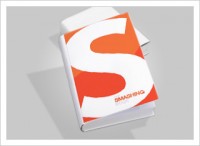
Best practices in modern web design come under the spotlight in The Smashing Book. It shares technical tips and best practices on coding, usability and optimization. And shows you how to create successful user interfaces and apply marketing principles to increase conversion rates. You’ll also see how to get the most out of typography, color and branding, to produce intuitive and effective web designs.
Universal Principles of Design by William Lidwell, Kritina Holden and Jill Butler

Universal Principles of Design is the first cross-disciplinary reference book on design. It features clear explanations of 100 design concepts – from the 80/20 rule, chunking and baby-face bias to Ockham’s razor, self-similarity and storytelling. And demonstrates these with clear visual examples. Richly illustrated and easy to navigate, the book’s crafted to boost readers’ knowledge.
The Visual Display of Quantitative Information by Edward R. Tufte
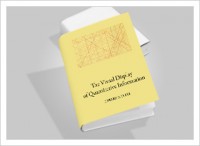
The Visual Display of Quantitative Information is a timeless classic on how complex data should be presented graphically. The book’s elegant in its typography and layout, and seamlessly integrates lucid text with perfectly chosen visual examples.
User Interface Design for Programmers by Joel Sposky

Joel Sposky proposes simple, logical rules anyone can use to improve any UI, from traditional GUI applications to websites and consumer electronics. The book is brilliantly readable with its main axiom – the need to align the program model and the user model – both rational and simple. In a fun and entertaining way, Spolky makes UI design easy for programmers to grasp.
Web Form Design: Filling in the Blanks by Luke Wroblewski
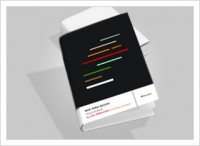
Forms make or break the most crucial online interactions: checkout, registration and any task requiring information entry. In Web Form Design, Luke Wroblewski draws on original research, his considerable experience at Yahoo! and eBay, and the views of many of the field’s leading designers. He shows you everything you need to know about designing effective and engaging web forms.
The Humane Interface: New Directions for Designing Interactive Systems by Jef Raskin
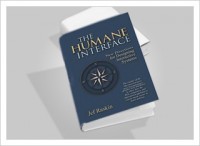
Ergonomics, quantification, evaluation and navigation come under Jef Raskin’s microscope. His overriding theme is that poor planning by programmers and inadequate awareness of how people actually use software means many current computer interfaces are hard or impossible to use. He complements these compelling observations with suggestions for more usable UIs.
